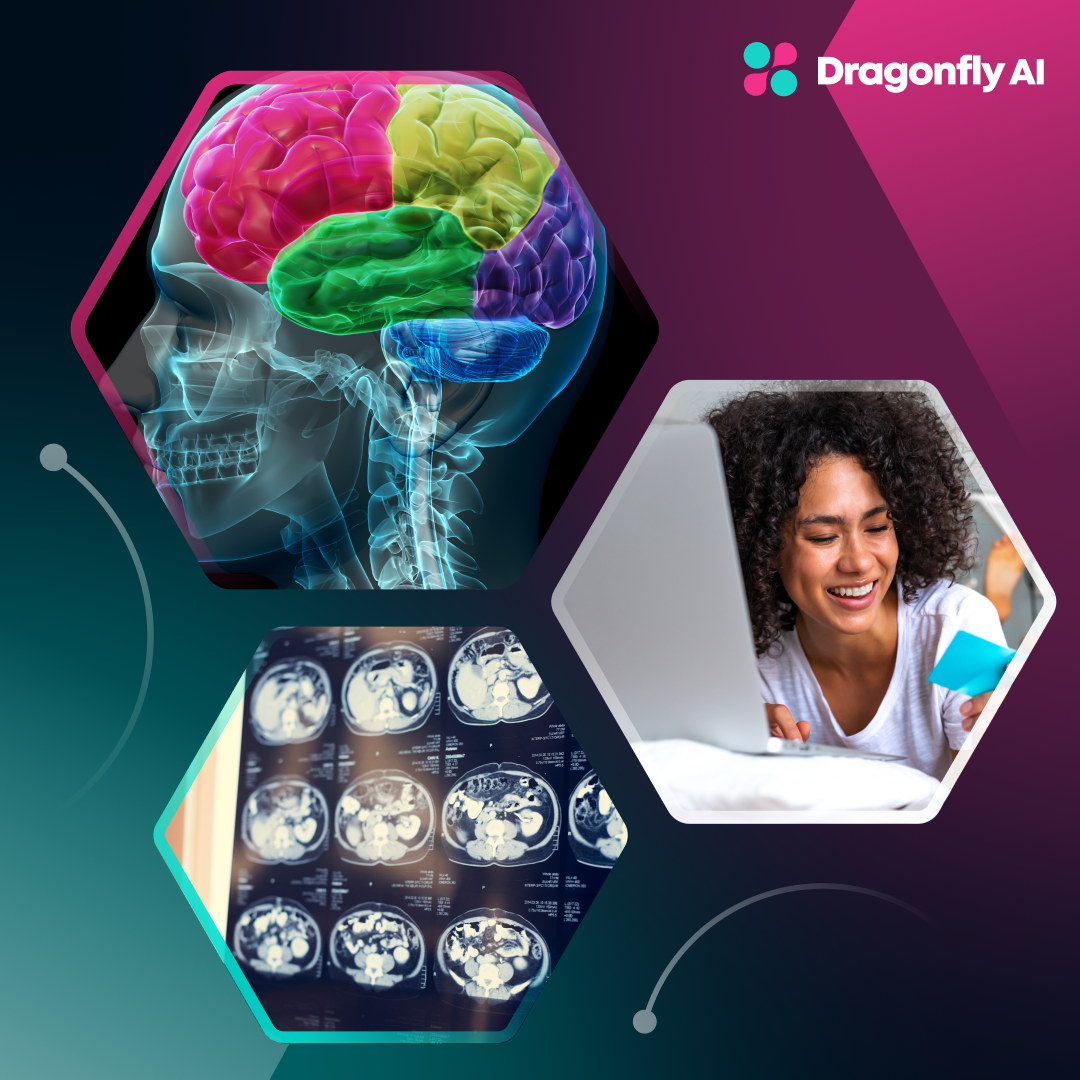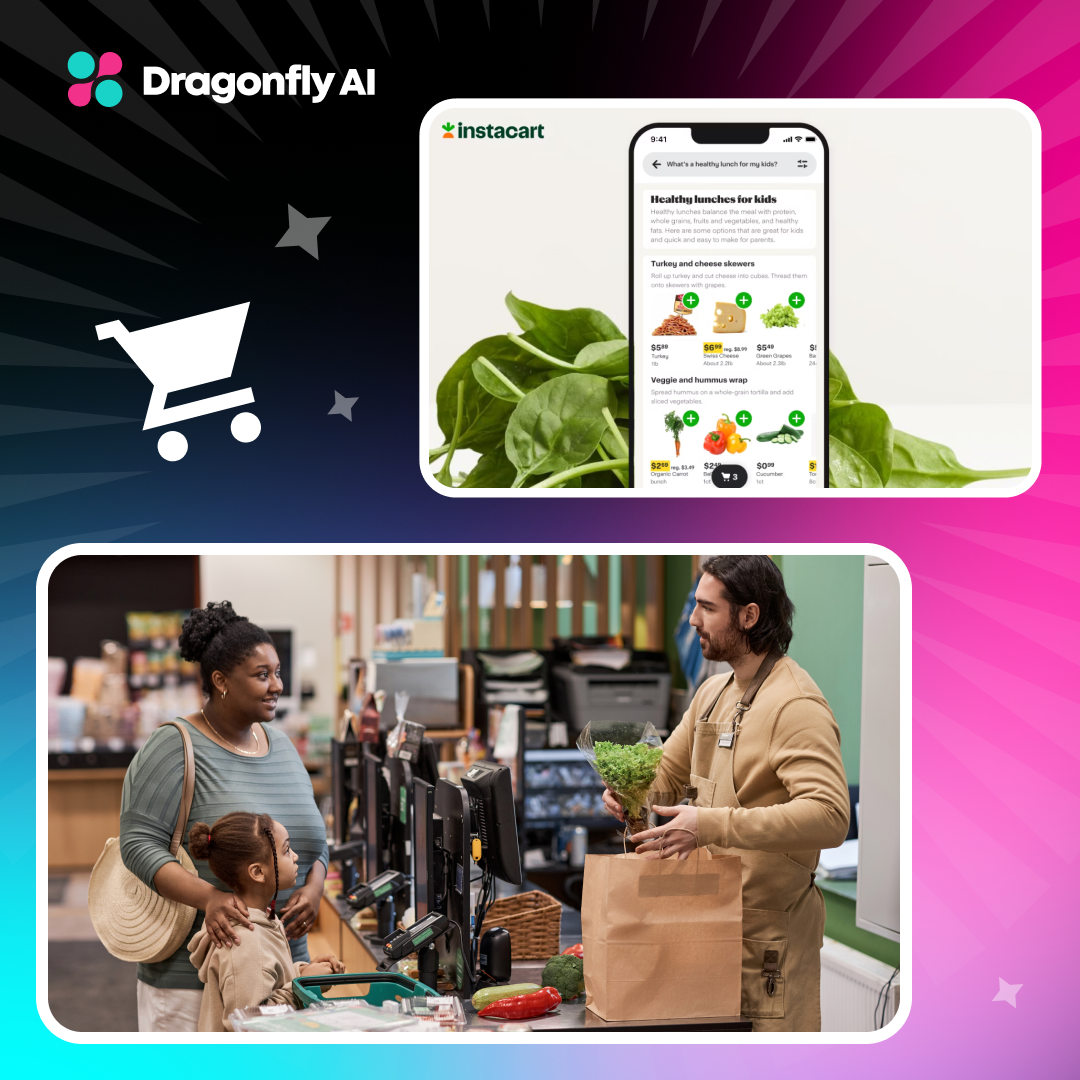The consumer packaged goods (CPG) industry is entering an exciting new era of innovation driven by artificial intelligence (AI). Brands that effectively leverage AI to deliver personalized, delightful customer experiences will gain a competitive advantage.
It’s no surprise, then, that CPG companies are using AI to get closer to their customers, meet changing expectations, and drive growth. From personalized recommendations to predictive analytics, AI is unlocking customer-centric capabilities for CPG brands.
The Evolution of Customer Centricity in CPG
The CPG landscape looks vastly different today compared to just a decade ago. Consumer expectations have risen dramatically thanks to the digital revolution. Online shopping, mobile apps, and social media have given consumers easy access to information, reviews, and an alternative way of consumerism. People are now more informed and demanding while showing less loyalty to big brands.
Today's consumers expect personalized, seamless, omnichannel experiences. They want brands to recognize them as individuals and cater to their unique needs and preferences. Mass marketing no longer cuts much ice. The most successful CPG companies are those transforming themselves around the consumer.
An increasing number of leading brands have embraced customer-centricity in everything from product innovation to marketing. They try to empathize with and understand their customers at a deeper level. Data and AI-driven insights into buyer behavior are helping uncover what consumers truly value, and this is driving more human-centric design thinking across the CPG landscape.
Brands are also looking to optimize and personalize experiences across channels. Connected devices, digital assistants, and AI chatbots allow for more natural and contextual engagement. The goal is to make every touchpoint with a brand feel personalized just for the individual. Customer-centricity has become a competitive necessity to succeed in the modern CPG landscape.
What is AI-Driven Customer-Centric Design?
AI-driven customer-centric design refers to creating experiences tailored to buyer needs and desires. It uses AI to analyze data and uncover deep insights about customers. These insights inform every stage of the design process.
Traditionally, CPG companies relied on market research and focus groups to understand consumers. These provided limited snapshots into buyer behavior, however. AI delivers a much richer understanding by continually analyzing how customers interact and engage with a brand.
AI reveals not just what consumers want when it comes to shopper buying habits but also why they are buying. It detects emotional and behavioral patterns and unmet needs. AI sifts through customer feedback and conversations at scale to identify opportunities, with such insights inspiring entirely new products and positioning.
AI also allows for quick prototyping and simulation during the design process. Brands can continue to refine the customer experience based on data-driven testing, which takes the guesswork out of the creative process and results in experiences that truly resonate with shoppers.
The outcome is that every touchpoint better caters to customer needs—from digital interfaces to packaging, retail environments, ads, and service interactions. AI-driven design puts the customer front and center across the entire CPG tech stack.
-1.png?width=1280&height=700&name=Blog%20image%201%20(13)-1.png)
The Role of AI in Understanding Consumer Behavior
AI allows CPG brands to understand consumers' preferences and predict future needs at an incredibly detailed level. Powerful machine learning algorithms can process billions of data points from across touchpoints, something that would take humans an almost-infinite amount of houses to process.
Natural language processing analyzes unstructured text data like social media conversations, reviews, surveys and chat logs. It extracts sentiment, intent and behavioral patterns. Image recognition techniques also identify trends from videos and images.
By combining this data with structured records like purchases, web activity, and demographics, AI paints a 360-degree view of each customer. It recognizes that people have emotions, personalities, and diverse backgrounds shaping their shopping behavior.
These insights allow CPG brands to micro-segment consumers and tailor engagement accordingly. Predictive analytics even forecasts what individuals will buy based on their unique habits. In essence, AI identifies changing needs in near real time through continual data analysis.
The ability to understand motivations and anticipate intent creates massive opportunities to improve experiences. Whether it's personalized product recommendations or customized promotions, AI-driven insights enhance relevance and convenience.
Consumer behavior analysis with AI will only become more sophisticated, too. As tools like facial recognition, emotion detection, and intent analysis mature, CPG brands will be able to achieve empathetic, human-like engagement powered by data.
Examples of AI in Action: Enhancing CPG Experiences
The integration of AI in the CPG industry is changing how companies interact with consumers and drive growth while optimizing their operations.
AI-Driven Product Development and Marketing
Ai Palette, a Singapore-based startup, uses AI-powered insights to help companies identify trends and needs in specific target markets while generating tailored product concepts and virtually screen-testing these concepts using real-time consumer data. This approach has empowered companies like Nestle and Danone to identify consumer needs.
Tastewise has introduced TasteGPT, a generative AI conversational chatbot, to help brands interpret and summarize insights from consumers' social media posts and online activity. Nestle, PepsiCo, Kraft Heinz, and Campbell's have all used TastGPT to simplify data-driven insights and glean actionable recommendations for new product development and marketing strategies.
Key Components of AI-Enhanced Customer-Centric Design
Crafting experiences that resonate on an individual level relies on a synthesized application of AI across data, analytics, and design workflows.
Visual predictive AI
Generative algorithms allow brands to create hundreds of personalized design variants, from packaging to web interfaces. An understanding of aesthetic preferences tied to demographic and behavioral attributes means you can render 3D product concepts and visuals calibrated to what will appeal most to a target shopper. Rather than static templates, generative visual AI enables template customization.
Recommendation engines
Recommendation engines use statistical machine learning on past purchases, pageviews, likes, dislikes, and more to serve up relevant suggestions. From highlighting complementary products to sequencing multi-step routines, they guide users to personalized solutions. Contextual filters allow fine-tuning that is aligned to current needs like occasions or dietary requirements.
Conversational interfaces
Whether leveraging chatbots, voice-based smart assistants or hybrid modalities, conversational AI delivers intuitive, efficient self-service to customers. Natural language processing capabilities like semantic search, intent analysis, and slot filling simplify interfaces by understanding people’s contextual needs.
-1.png?width=1280&height=700&name=Blog%20image%202%20(11)-1.png)
Uniting these technologies with core design thinking principles geared around end-user benefits instills customer centricity. Personas, scenarios, and journey mapping ground AI-enhanced experiences in empathy. Feedback loops evaluate success and allow for iterative improvement at scale. With AI and design collaboration, brands can realize individualized consumer experiences, even amidst today's vast customer heterogeneity.
Overcoming Challenges with AI in Customer-Centric Design
While the opportunities offered by customer-centric AI are game-changing, realizing the vision still poses very real challenges. Protecting data privacy remains paramount, especially when dealing with personal preferences and behaviors. Strict governance processes must enforce ethical data use and transparency.
Additionally, the stack of AI solutions that are now available can be overwhelming. Brands need to create specific plans for combining different parts, and they should carefully plan the order in which these steps happen. The cultural change required for businesses to become truly customer-obsessed won't happen overnight. Prioritizing people-focused metrics and best practices, however, will smooth these multidimensional transitions.
Best Practices for Implementation
CPG brands can navigate adoption obstacles by first appointing dedicated AI ethics boards. These groups establish policies and controls for accessing data securely and transparently. They also educate stakeholders across the organization on established privacy commitments.
Starting small also allows for the safe testing of integration approaches. Many start by focusing on chatbots designed for just one purpose or on using visual AI to personalize digital content first. Documenting measurable quick wins sets the foundation for more complex AI pairing over time.
With deliberate mitigation of these adoption hurdles, AI’s potential to enable customer experiences that feel tailor-made for the individual finally appears within reach across the CPG landscape.
The Future of Customer-Centric CPG Experiences with AI
While AI already shows incredible promise for elevating customer centricity today, accelerating advances on the horizon could further revolutionize personalization in the CPG space. For instance, generative AI is progressing from customizing visuals to also generating written content, code, and even physical products tailored to individual consumers.
More ambient integration of sensors, wearables, and spatial computing into retail and smart packaging also paints a more immersive, responsive picture of usage habits in homes and on the go. As algorithms interpret this real-time contextual data, product experiences continuously adapt in the background.
Even with exponential leaps in capability, however, human creativity and emotional intelligence remain irreplaceable. Blending the unparalleled pattern recognition of machines with human judgment, culture, and empathy produces the best results.
Brands who encourage collaborative synergy across skill sets are primed to deliver magical customer moments. Design thinking requires deeply understanding not just who target users are, but what they aspire to. Quant and qual data must converge to decipher their meaning and worth. Keeping humanity and technology in thoughtful tension moves the customer centricity needle furthest.
-1.png?width=1280&height=700&name=Blog%20image%203%20(10)-1.png)
Essentially, CPG brands have only scratched the surface of experience personalization unlocked by AI's potential. Turning every product into a platform and every environment into a personalized, responsive channel requires both disciplined innovation of emerging capabilities and the cultural alignment to place customer fulfillment at the center of all pursuits. Committing to that North Star positions CPG companies to flourish through continual customer delight.
Summary: CPG and AI
As AI transforms abilities to understand and connect with consumers, CPG brands have an obligation to carefully develop these technologies through a moral lens that protects privacy while personalizing engagements to new heights. Success requires cross-functional collaboration, embracing both human values and data-driven customer obsession for the optimal customer experience.


-1.png?width=1280&height=700&name=Blog%20image%201%20(13)-1.png)
-1.png?width=1280&height=700&name=Blog%20image%202%20(11)-1.png)
-1.png?width=1280&height=700&name=Blog%20image%203%20(10)-1.png)
